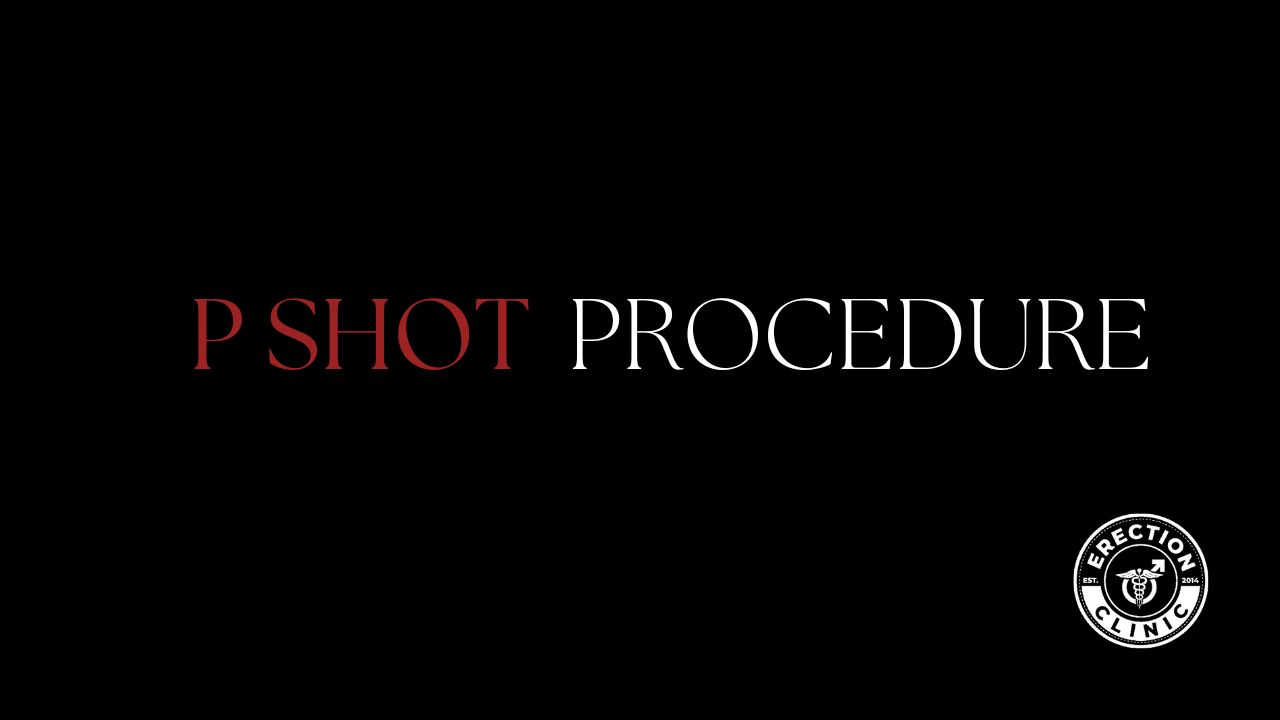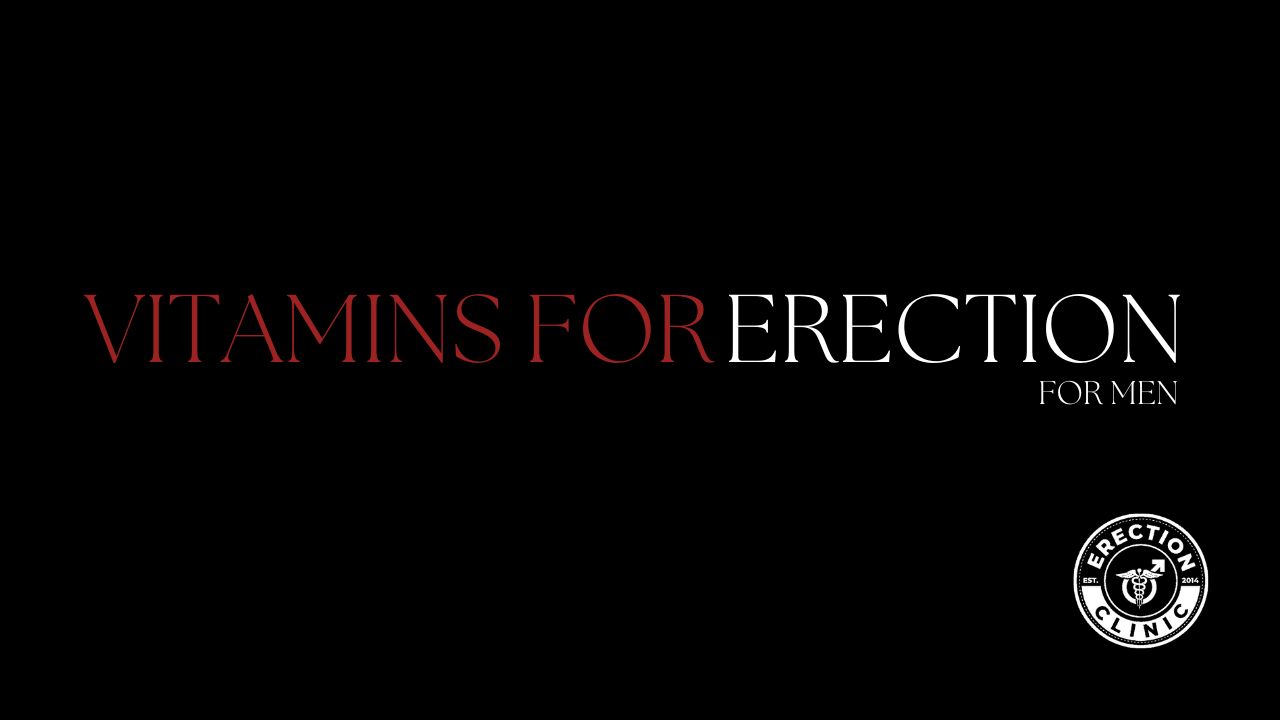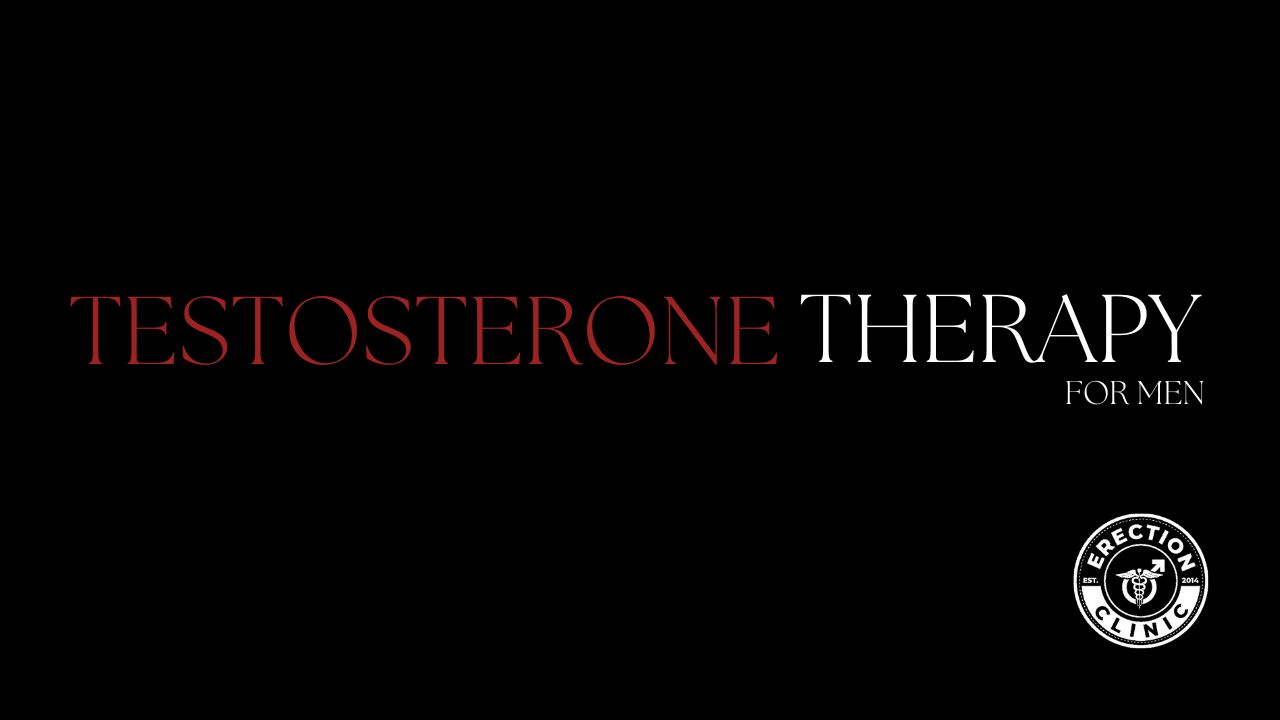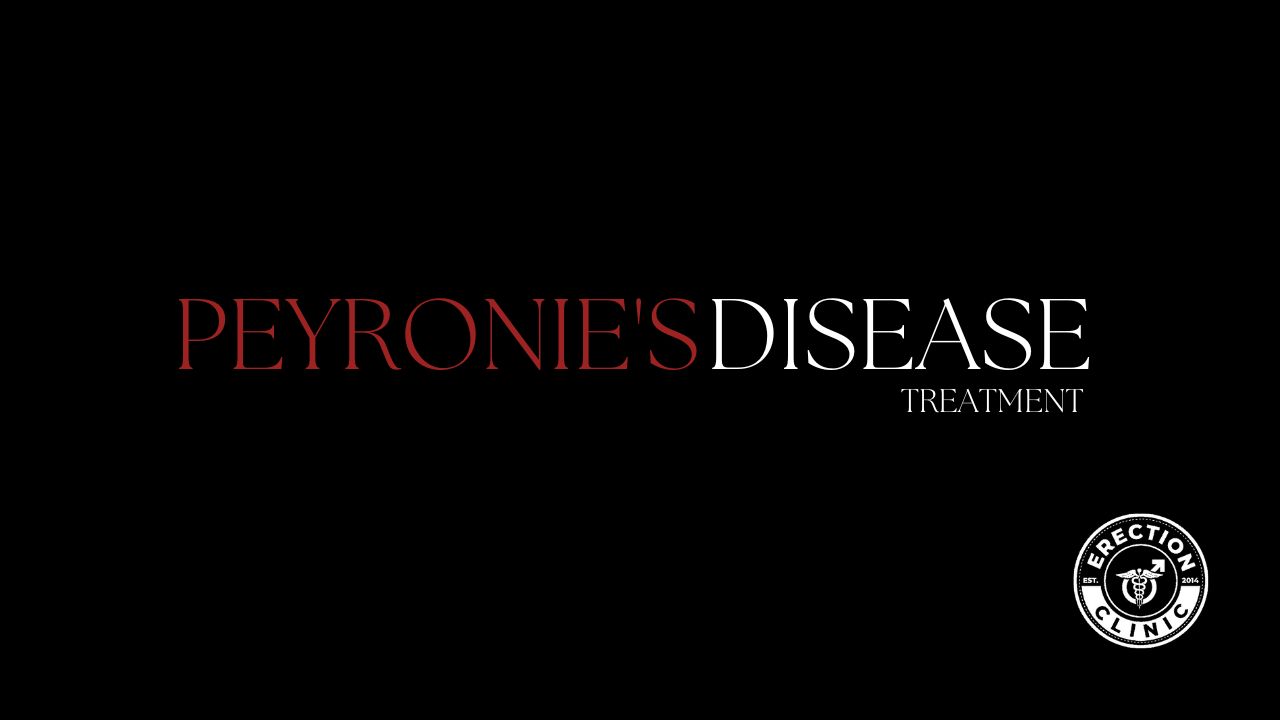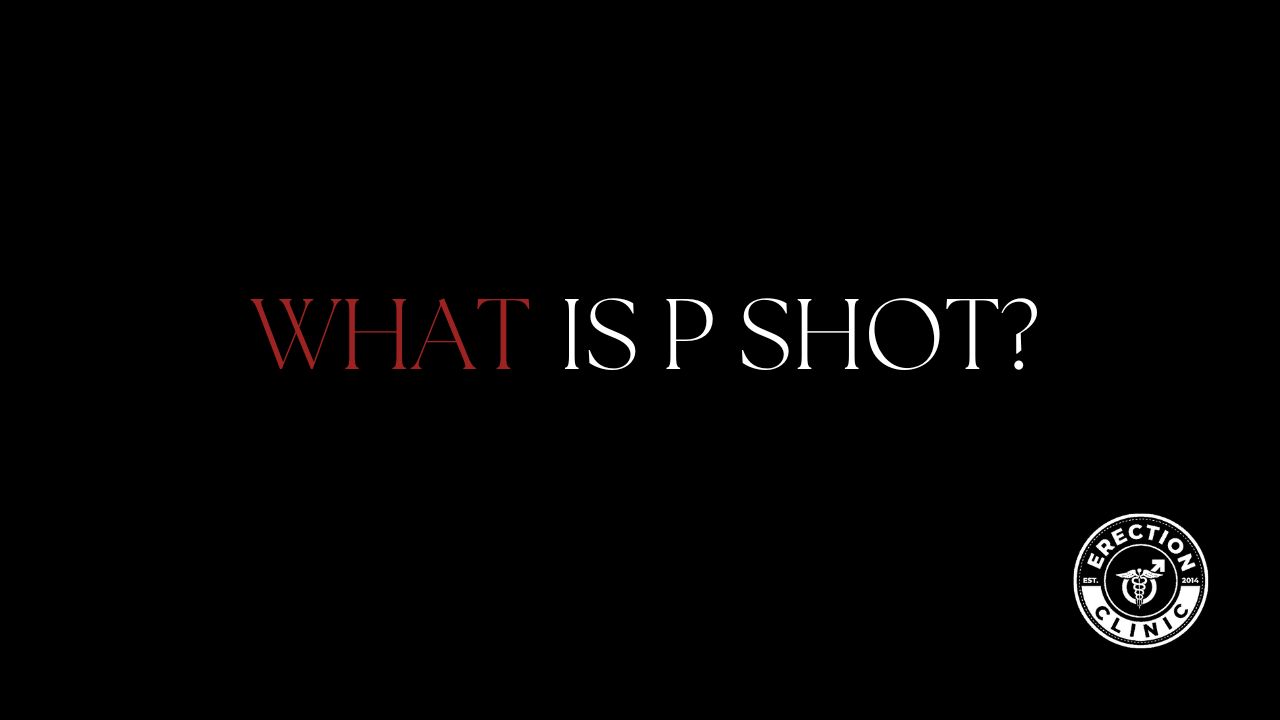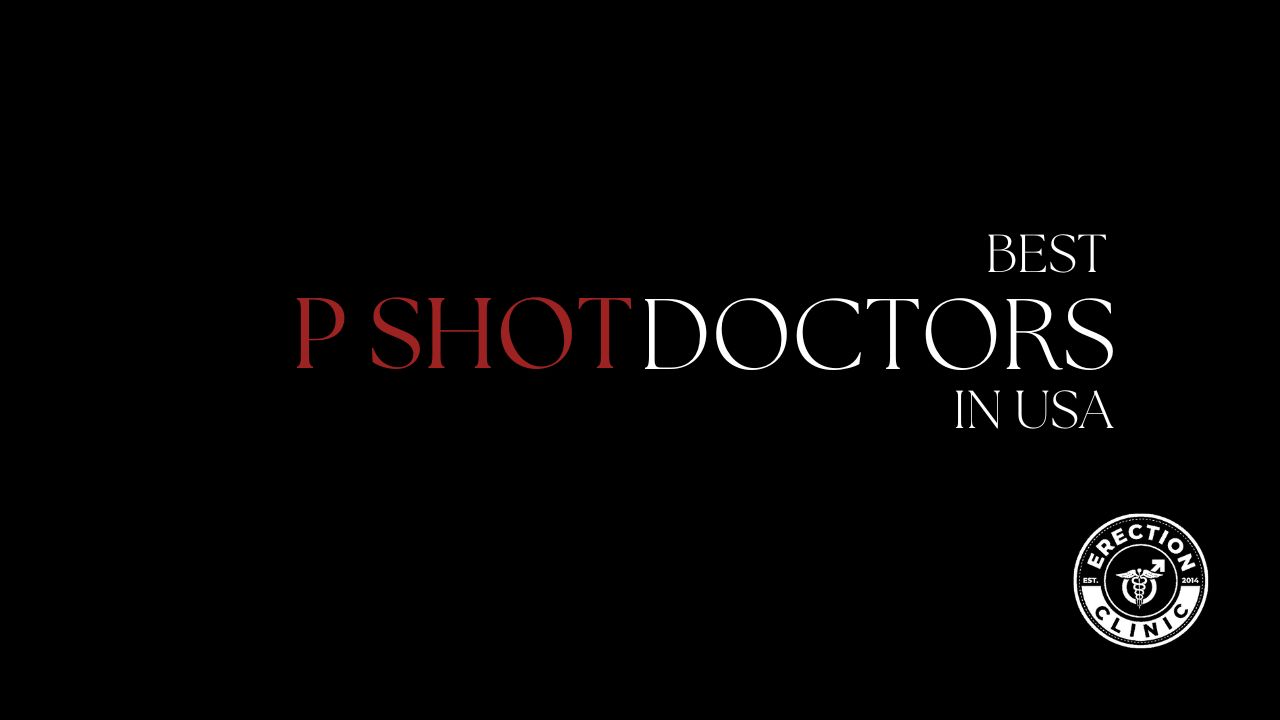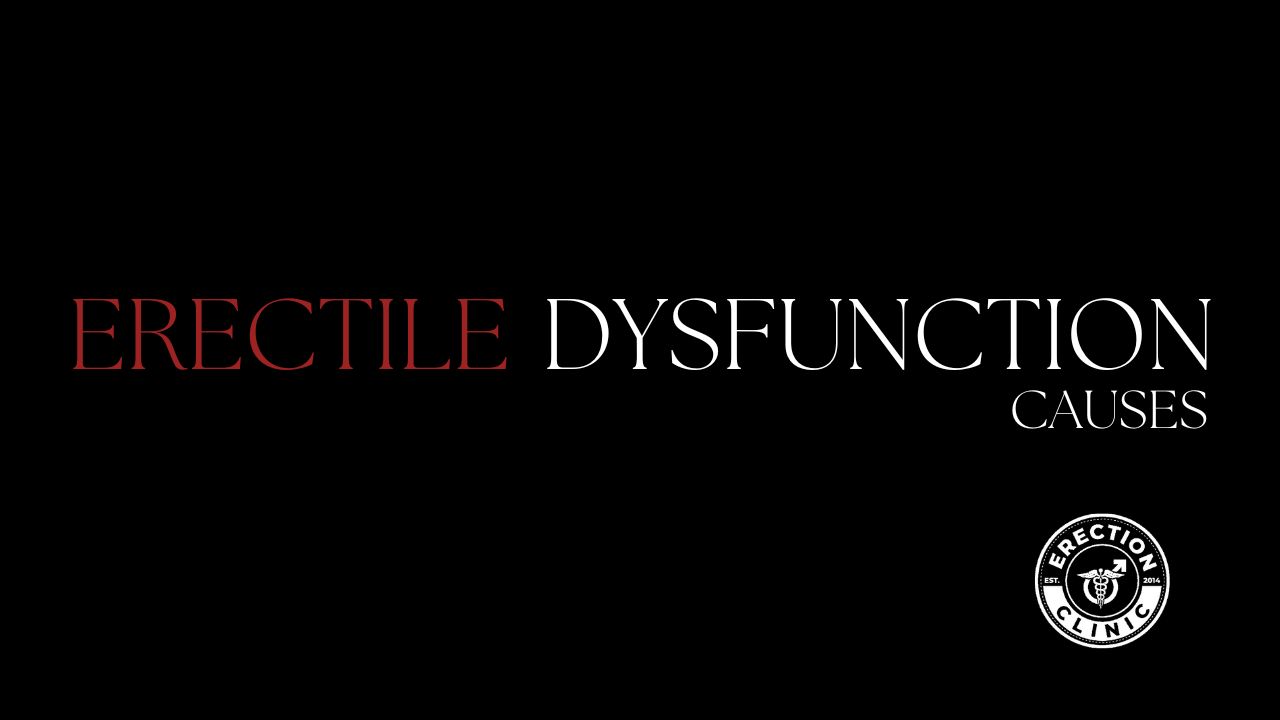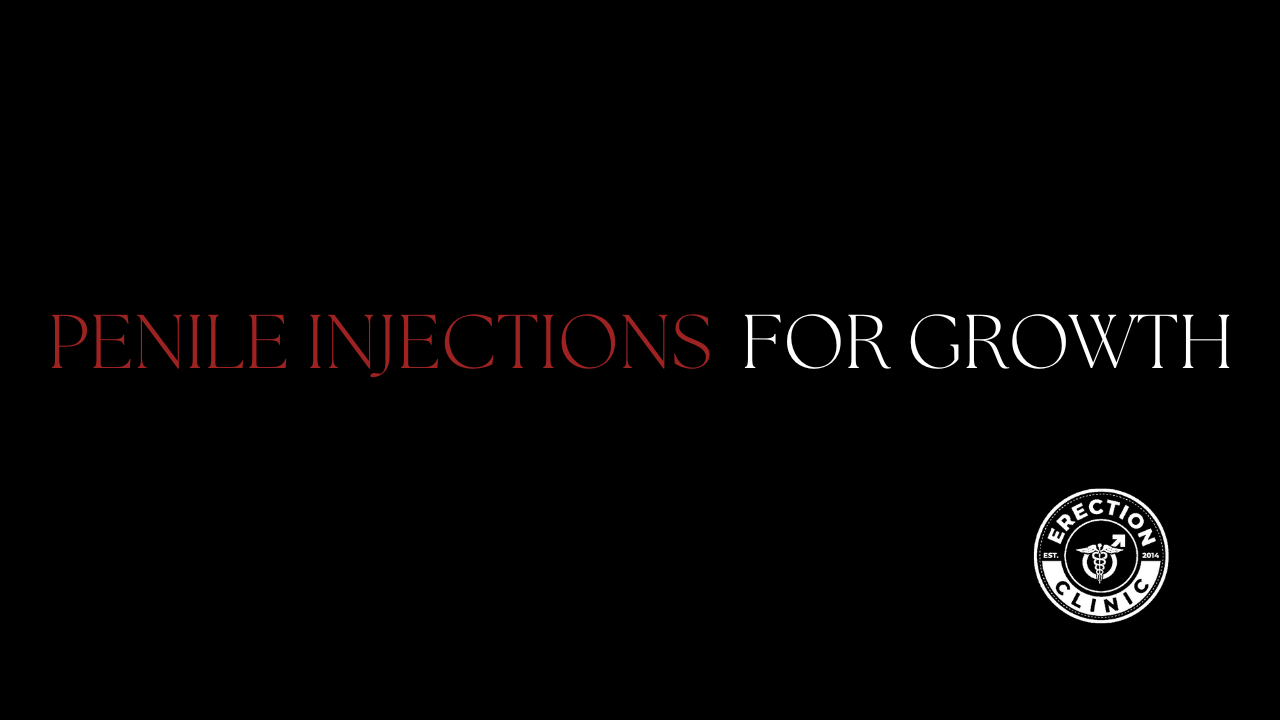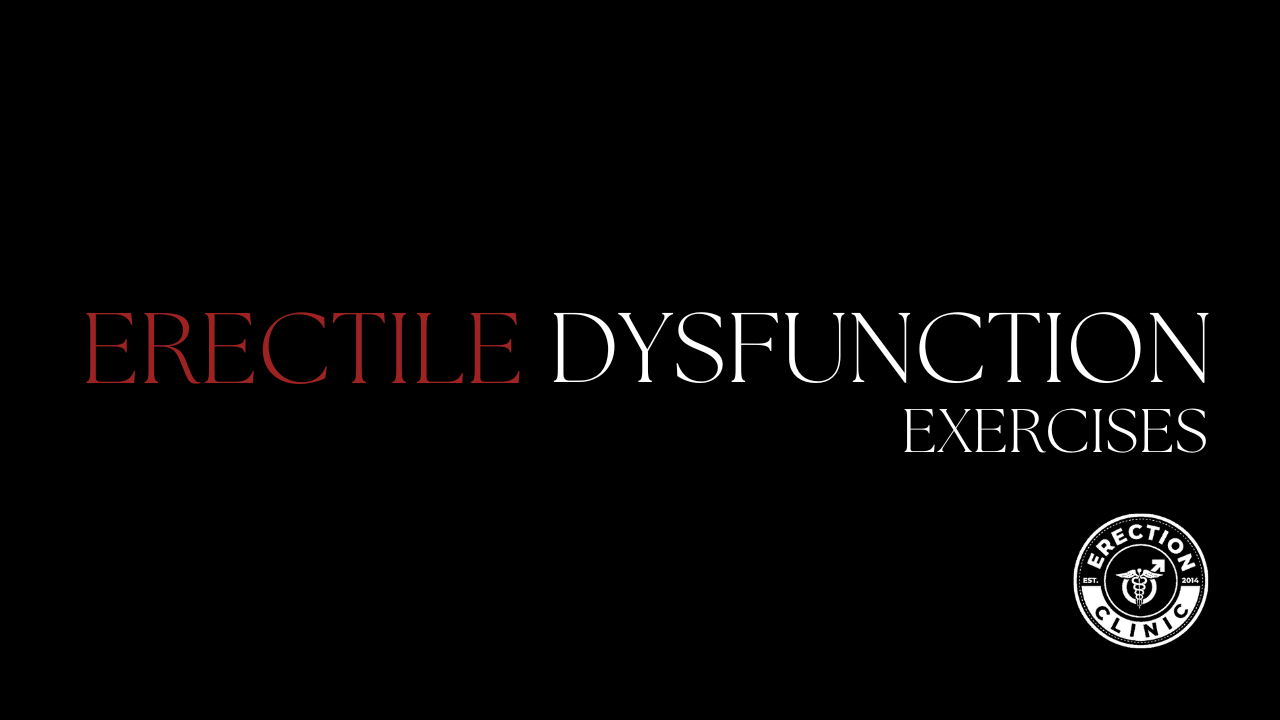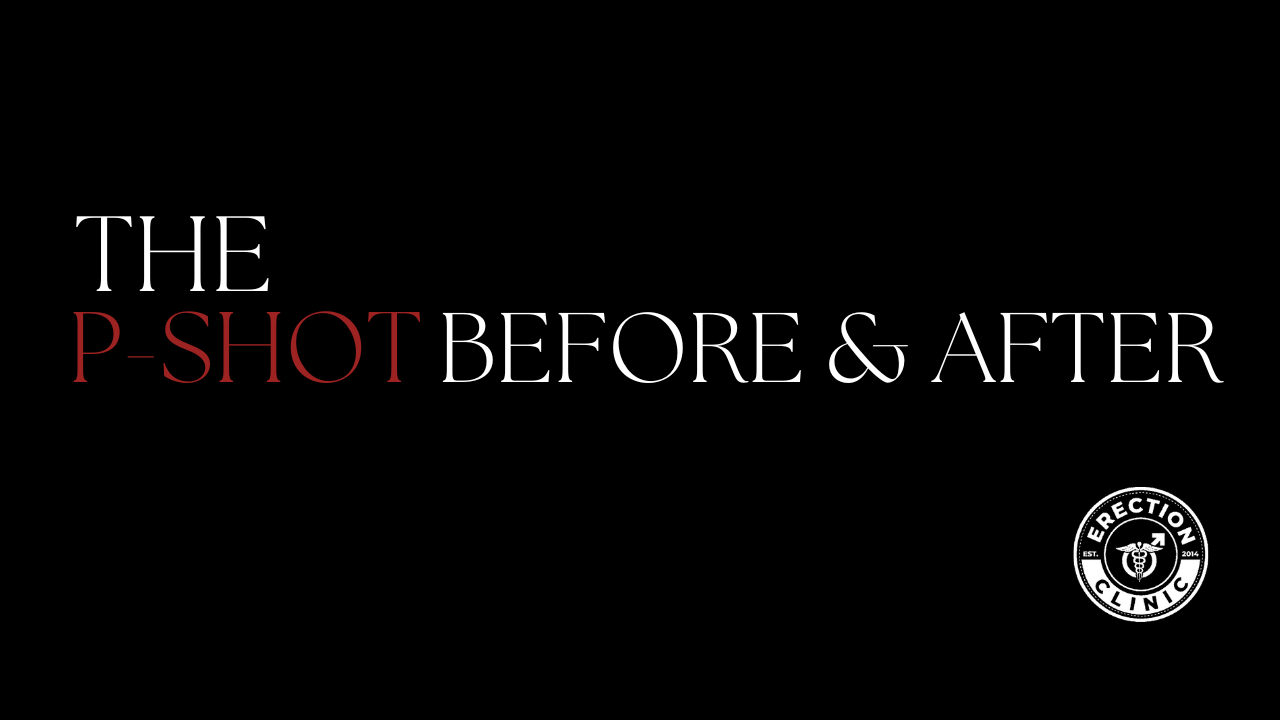P-shot procedure is a non-surgical procedure designed to improve male sexual function. It introduces a mix of platelet-rich plasma (PRP) extracted from the patient’s own blood. P-Shot which stands for Priapus Shot. The treatment is primarily used for patients with erectile dysfunction (ED) or other sexual impairment who may also suffer from Peyronie’s disease or want to guarantee normal sexual performance in general.
Here is the step by step breakdown of how to do a P-Shot procedure:
Consultation And Assessment
The first step of the P-Shot procedure is a medical history with a trained provider (this may be a urologist, sexual health specialist, or simply an experienced practitioner). During this meeting the physician who sees you reviews any medications taken in addition to a history of your problems that include Erectile Dysfunction, and previous attempts till now went awry for particular health reasons like getting older and nothing really wrong.
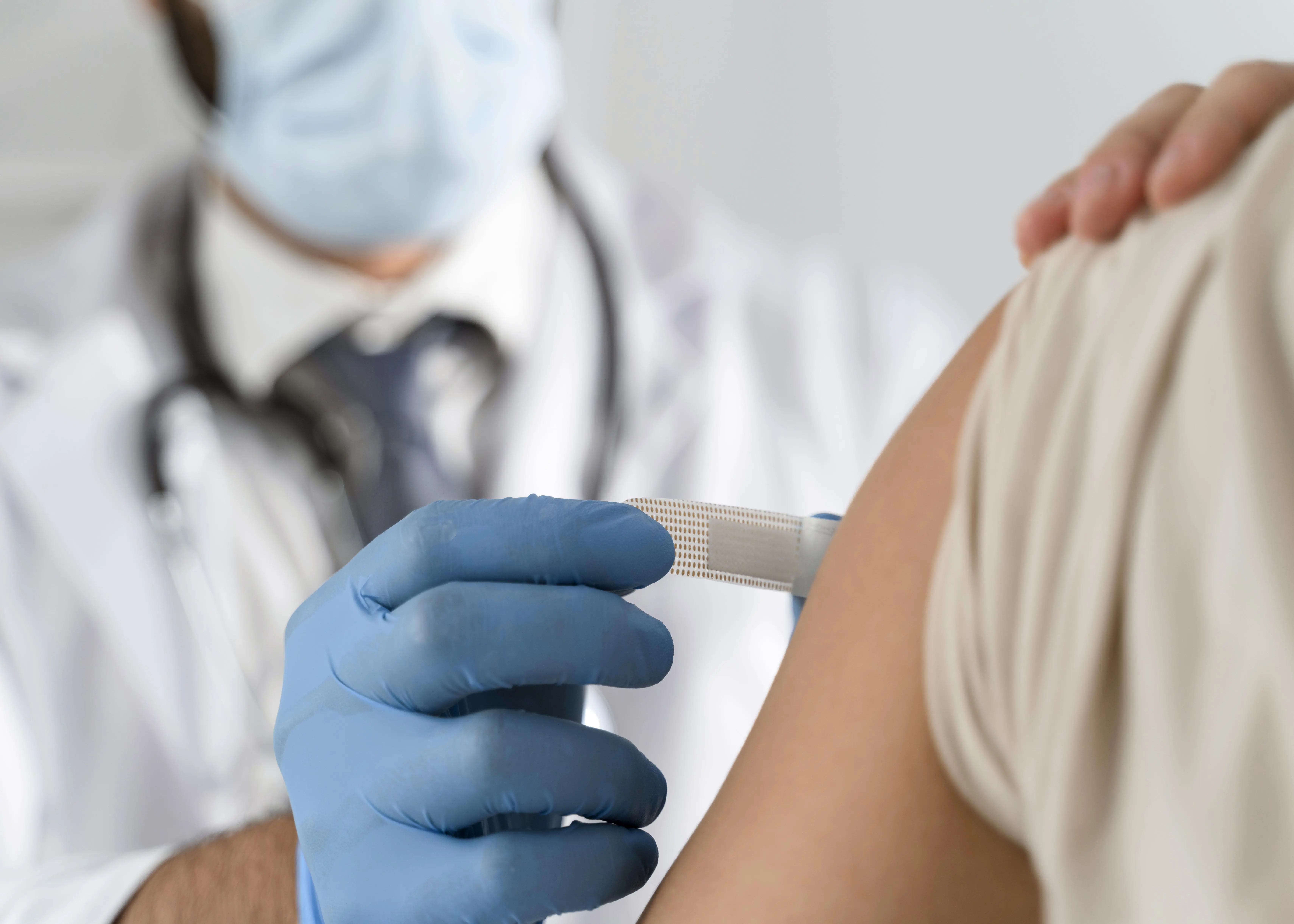
The P-Shot Procedure Preparation
- PRP treatment starts with the removal of a small amount of blood from the patient. Collecting 30 to 60 milliliters (one to two glasses) is typical.
- The blood is then placed into a centrifuge, a machine which spins it at high speed and separated into its components. The white blood cells, red blood cells and plasma are removed and from that platelet-rich plasma is taken out. PRP contains many more platelets than regular blood.
- After extraction of the PRP is completed, it is prepared by a carefully controlled process that maximizes its healing capabilities as much as possible. The end product is now ready to be injected into targeted areas of the penis.
- Once the PRP has been separated at this point anesthesia applied in a form of numbing cream, the aim is to ensure a painless procedure.
Mechanism of Action
The P-Shot utilizes platelet-rich plasma (PRP), which is a concentrated portion of the plasma rich in platelets. These platelets contain growth factors such as platelet-derived growth factor (PDGF), vascular endothelial growth factor (VEGF), transforming growth factor-beta (TGF-β), and epidermal growth factor (EGF). These growth factors play a critical role in cellular repair, tissue regeneration, and the promotion of healing. When PRP is injected into a Penis, it can help to bring about healthier blood vessels, collagen production and tissue elasticity. This not only aids in promoting better erectile function but also has real benefits for other aspects of sexual performance as well. The increased blood flow helps to give you a very firm and long-lasting erection, and the natural healing powers of PRP have benefits for tissue regeneration; it is particularly helpful to conditions like Peyronie’s disease.
What To Know Before Your Treatment
- The p-shot procedure also includes reviewing your medical history before getting the P-Shot, to make sure you are in good overall health. Men with serious medical conditions such as uncontrolled diabetes or blood disorders cannot have the P-Shot. Your doctor will determine whether or not it’s suitable for you.
- Although most patients experience significant benefits, you should have realistic expectations. While the P-Shot can improve erectile function and sexual health considerably, it may not completely solve all related problems, particularly if ED is caused by more serious diseases such as nerve damage or major arterial disease.
- The P-Shot is an excellent choice for men suffering from mild to moderate ED, particularly when the condition is a result of aging, vascular health, or psychological factors. However, for cases with a more severe or complex underlying cause of ED, after the P-Shot procedure patients may need follow-up treatment or therapy.
After The Treatment
Penile Sensitivity Increased after Penile Injection: After the injection, a small number of men may temporarily experience heightened sensitivity in their penis. This usually comes as a consequence of blood flow.
Temporary Complications: A brief period of bruising, swelling, or tenderness at the injection sites can occur and should go away within a few days. Also, there is a small chance that during the P-Shot procedure you may suffer some minor discomfort during an erection, but this effect is usually short-lived.
Sexual Activities: After the procedure, most practitioners recommend abstaining from sexual activity for at least 48 hours to allow the injections to settle down and avoid any irritation. After this, normal sexual activity can usually resume but it is probably best to avoid vigorous conditions for a few days.
Follow-Up Treatments: Some patients come back for follow-up treatment every few months. The effect typically lasts anywhere from six months to a year or longer.
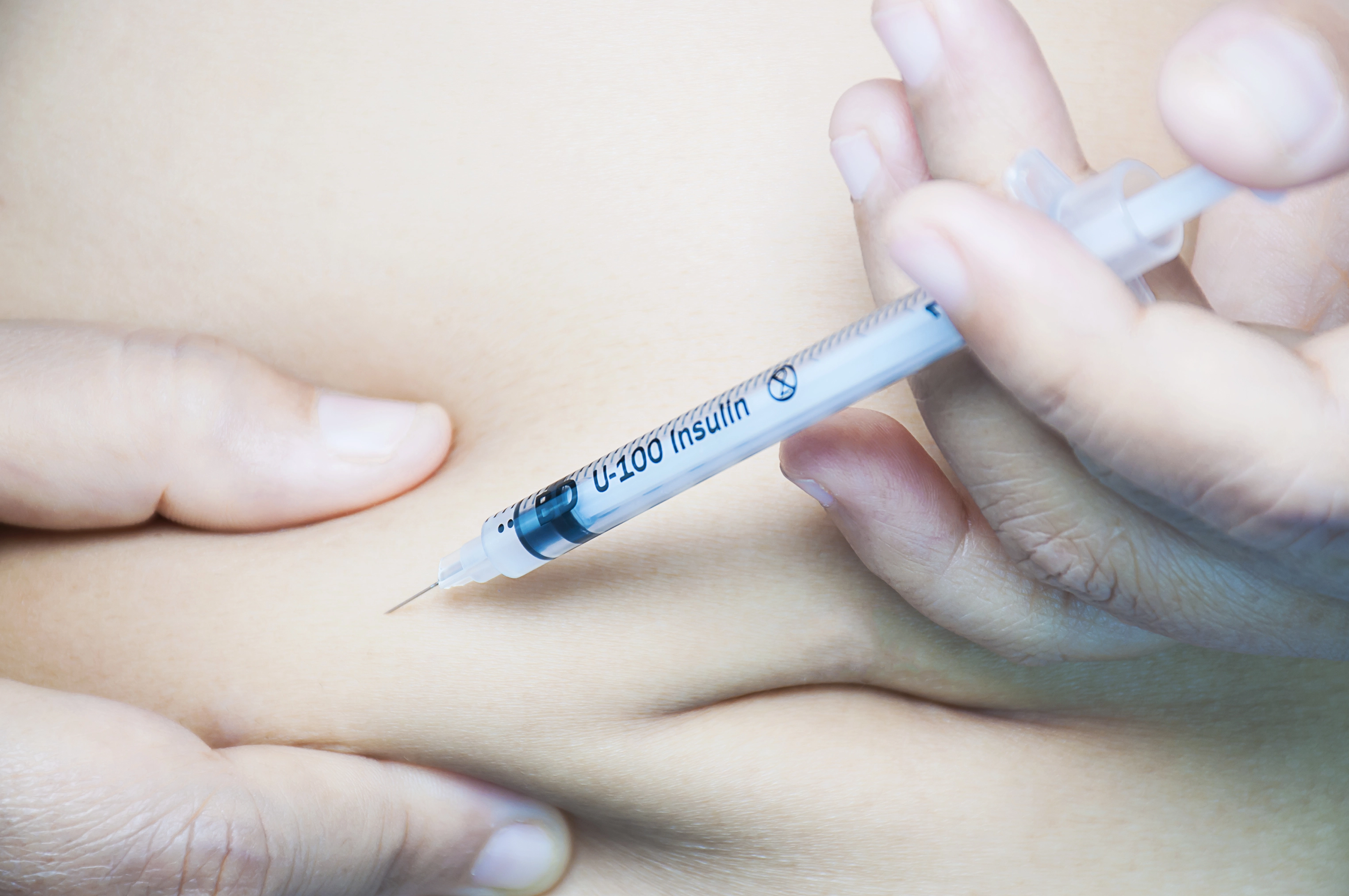
Clinical Research And Evidence
Studies and some reports have indicated that PRP therapy and the P-Shot in particular, can help fight erectile dysfunction in men with ED. While the studies gave positive results, more research is still needed to fully understand the effectiveness of this procedure over the long haul.
Final Thoughts:
The P-Shot is a non-surgical, natural treatment that benefits erectile problems, Peyronie’s disease and other male sexual health concerns. By using the growth and healing factors present in platelet-rich plasma (PRP), it induces regeneration of penile tissues to improve blood flow, sensitivity, and erectile function. The P-Shot procedure is relatively simple, minimally invasive; and for a good number of men it promises hope although not everyone will be suitable.
If you’re considering the P-Shot, it’s important to consult a high qualified healthcare provider who specializes in sexual health and see if this is the right treatment for you.
